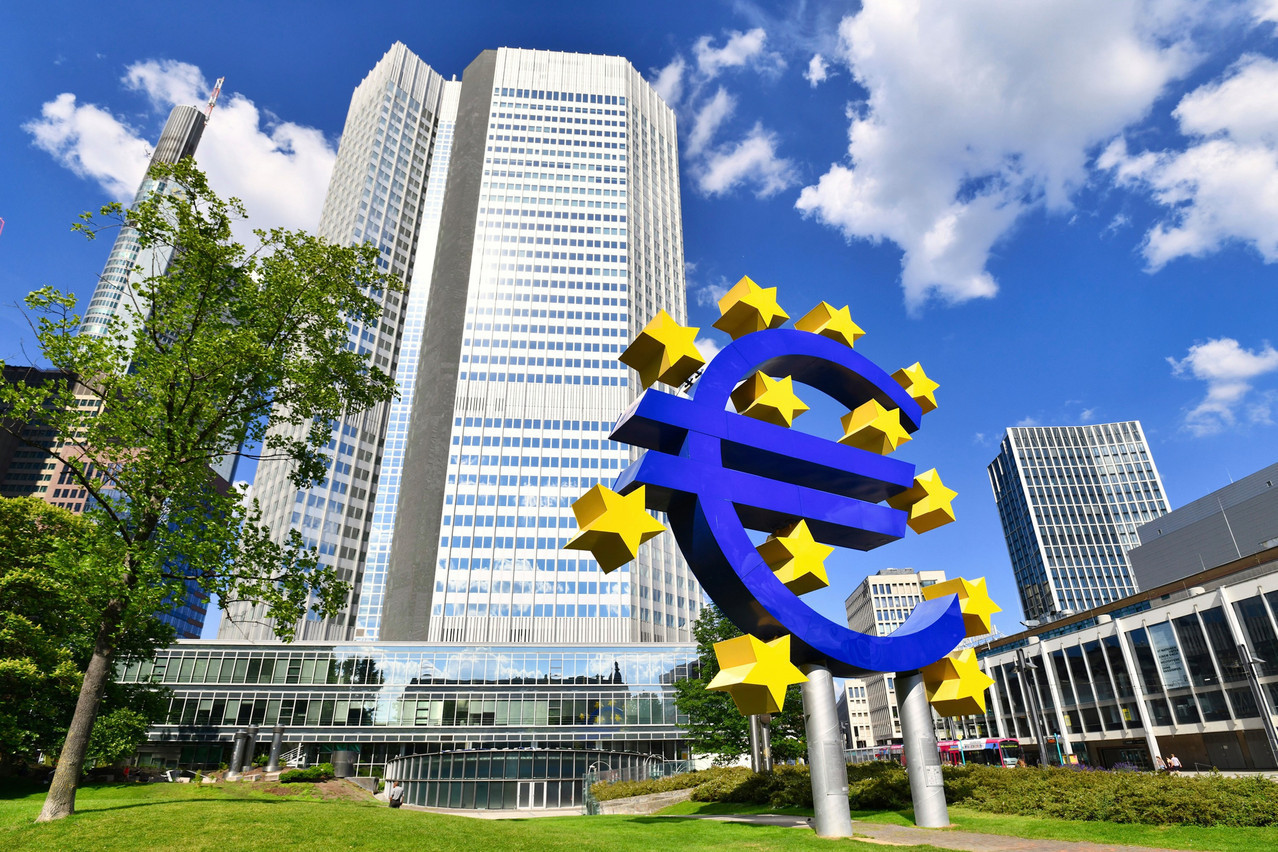Climate transition risks alone are unlikely to destabilise the EU’s financial system, according to a comprehensive one-off climate scenario analysis, the “Fit-for-55” stress test, on Tuesday 19 November 2024 by the European Supervisory Authorities (ESAs)--the European Banking Authority (EBA), the European Insurance and Occupational Pensions Authority (Eiopa), and the European Securities and Markets Authority (Esma)--along with the European Central Bank. However, when combined with broader macroeconomic shocks, these risks could amplify losses for financial institutions and potentially cause significant disruptions across sectors.
The analysis, which was conducted over an eight-year horizon from 2022 to 2030, aims to assess the resilience of the EU’s financial system in light of the EU’s ambitious climate goals under the Fit-for-55 package. This set of policies is designed to align EU legislation with the target of reducing greenhouse gas emissions by 55% by 2030, and achieving climate neutrality by 2050.
Scenarios assessed
The “Fit-for-55” climate stress test was performed based on three distinct scenarios developed by the European Systemic Risk Board (ESRB), with input from the ECB. These scenarios incorporated both transition risks and broader macroeconomic factors, assuming the full implementation of the Fit-for-55 package.
- Baseline scenario: The implementation of the Fit-for-55 package is assumed under economic conditions that reflect the ECB’s June 2023 forecasts, alongside additional costs related to the green transition.
- First adverse scenario (run-on-brown): This scenario models the materialisation of transition risks in the form of “run-on-brown” shocks, where investors rapidly divest from carbon-intensive firms, hampering their ability to finance the shift to greener practices.
- Second adverse scenario (run-on-brown plus macroeconomic shock): This scenario amplifies the “run-on-brown” shocks with additional macroeconomic factors, such as economic recessions or financial crises, to assess the compounded impact on the financial system.
Methodology and data
The climate stress test was developed using top-down models, which rely on granular data provided by over 110 banks, 2,331 insurers, 629 institutions for occupational retirement provision (IORPs) and approximately 22,000 EU-domiciled investment funds. These financial institutions were exposed to various asset classes, including loans to non-financial corporations, equities, debt securities (including government bonds), and fund holdings.
The exercise focused on assessing the so-called “first-round effects,” or direct losses to financial institutions, as well as the “second-round effects,” which capture the potential for contagion and amplification of losses across the wider financial system.
Results
The findings indicate that, under the “run-on-brown” scenario, losses to the financial system remained relatively limited. Over the eight-year period, the estimated first-round losses ranged between 5.2% and 6.7% of starting exposures in each sector. The analysis found that the losses from this scenario would affect investment funds the most, where the second-round losses were estimated to reach up to 11.2% of starting exposures.
However, the scenario where transition risks were compounded by adverse macroeconomic factors--such as recessions or financial shocks--showed a more substantial potential impact. In the second adverse scenario, first-round losses across different sectors ranged between 10.9% and 21.5%, depending on the sector, while second-round losses could reach up to 25%. Banks faced first- and second-round losses ranging from 10.9% to 11%, insurers from 18.8% to 23.3% and investment funds from 15.8% to 25%.
Mitigation and uncertainty
Although the losses were significant in some cases, the impact on the financial institutions’ capital was expected to be partially mitigated by factors not included in the test, such as banks’ income streams, insurers’ and IORPs’ liabilities, and the cash holdings of investment funds. These mitigating factors, while not fully captured in the analysis, could reduce the severity of the estimated losses, noted the report.
The report also highlighted that the results were subject to a considerable degree of uncertainty, mainly due to the novelty of the methodology and the challenges associated with the data used in the exercise.
Policy recommendations
The results underscore the need for a coordinated policy approach to managing transition risks and ensuring sufficient financing for the green transition. Financial institutions are encouraged to integrate climate risks into their risk management practices in a comprehensive and timely manner. Policymakers are urged to take the results into account when formulating measures to enhance the financial sector's resilience, ensuring that financial institutions are prepared to withstand potential shocks and support the EU’s climate objectives.
The exercise also highlighted the importance of a robust financial system to ensure adequate funding for the green transition. The European Commission has estimated that the EU will require an additional €350bn in investment per year between 2020 and 2030 to meet its energy-related emissions reduction targets alone. As such, securing private financial flows into sustainable investments will be critical and any disruptions to the financial system could jeopardise the achievement of these goals.
The full report is available .
